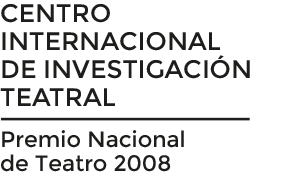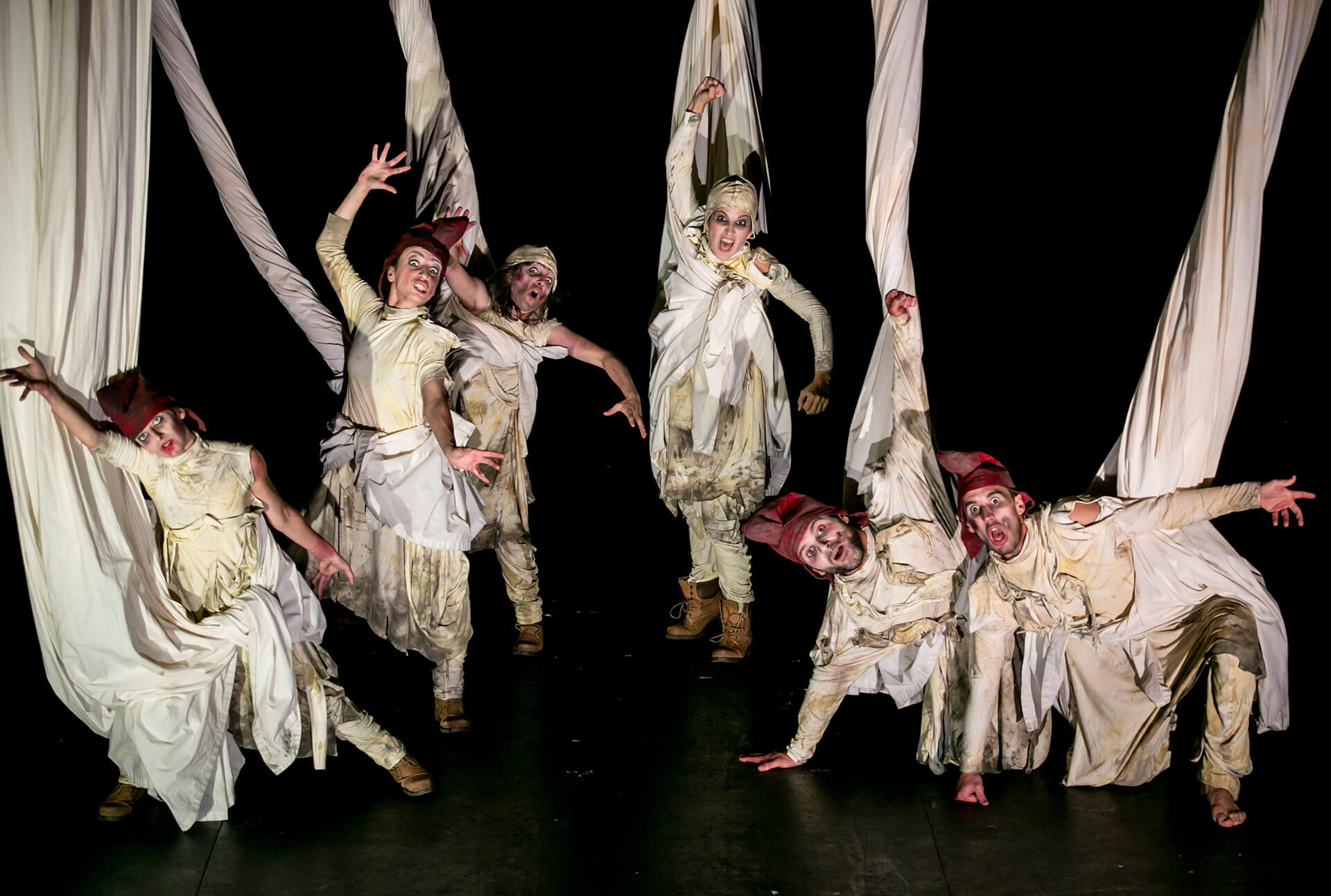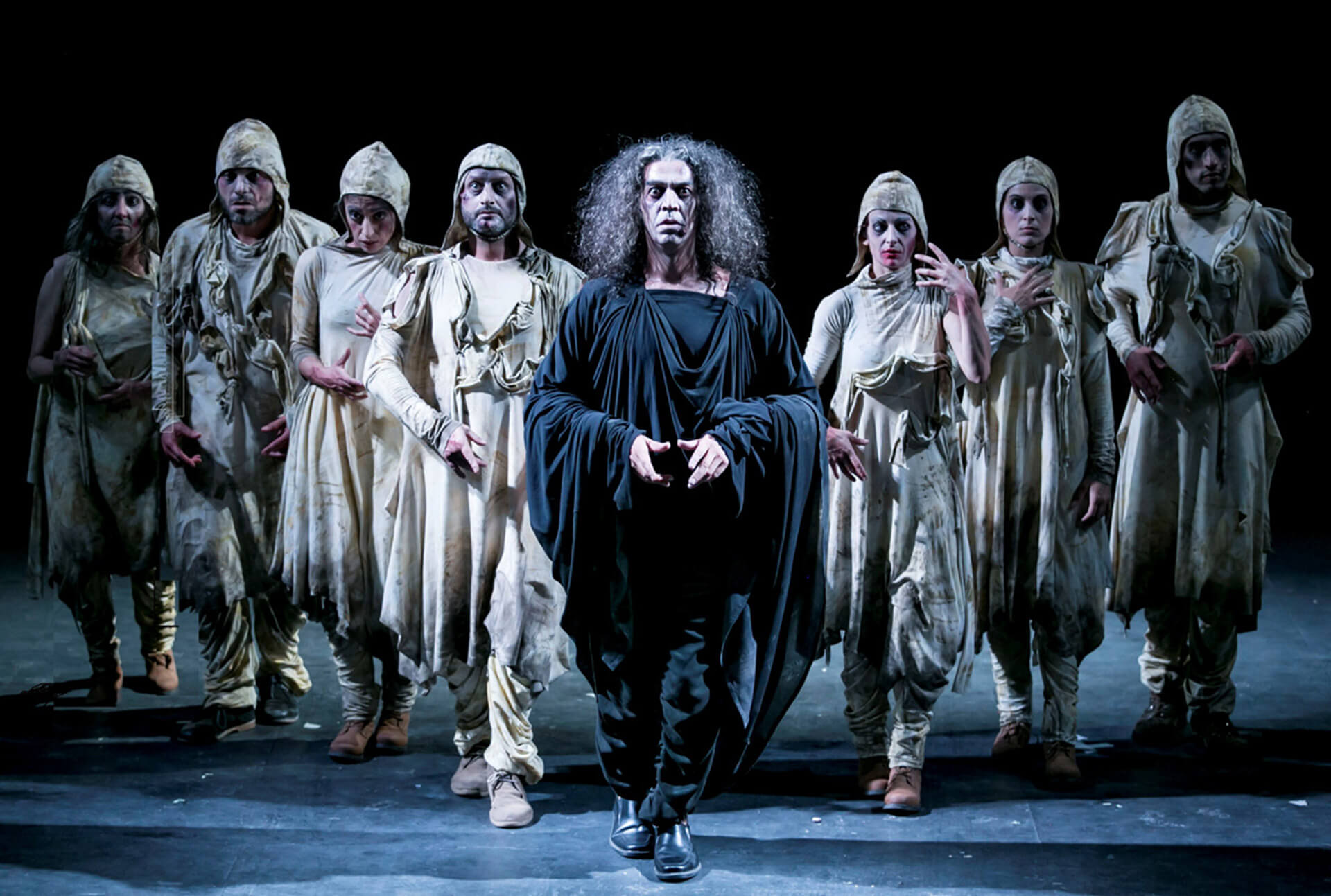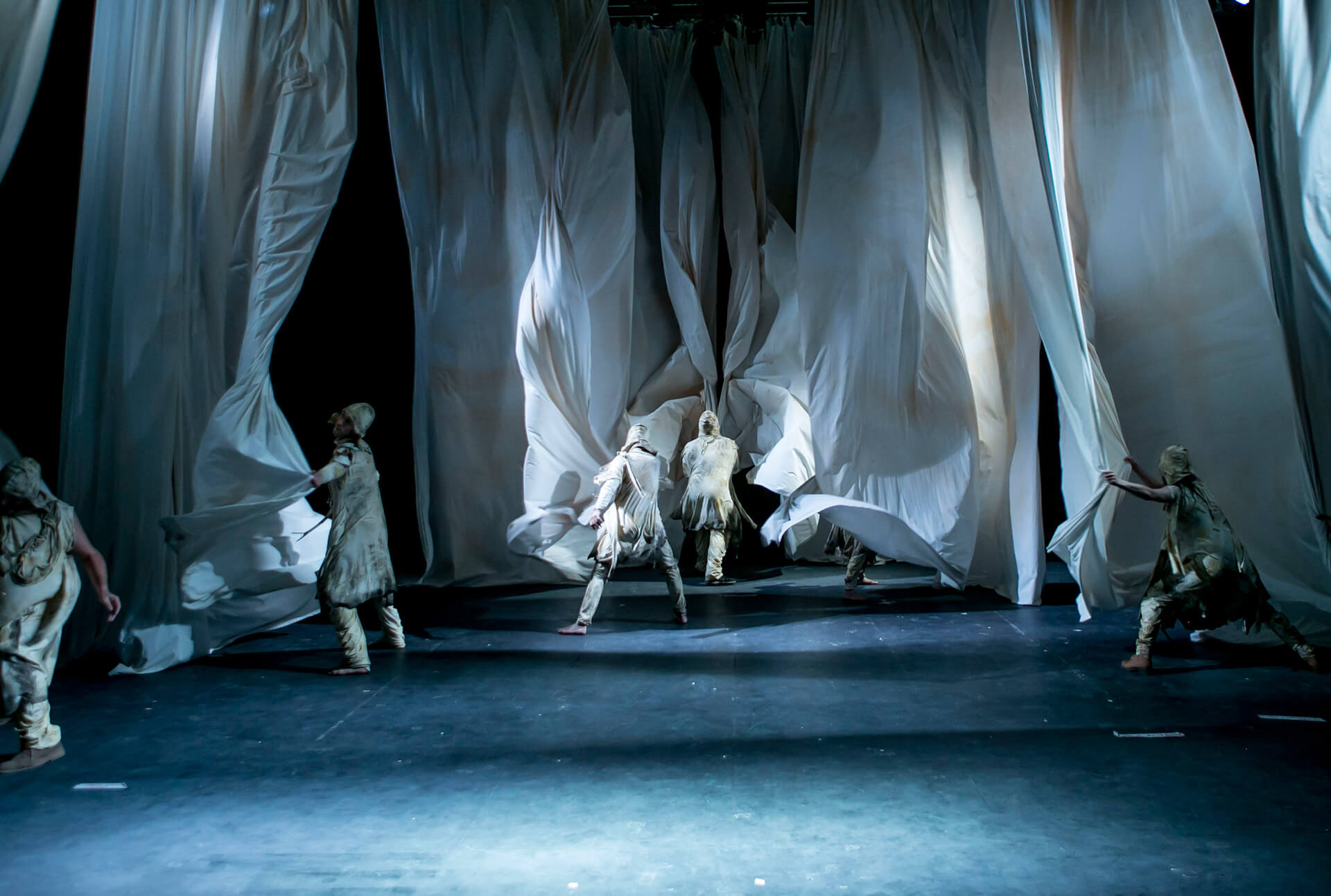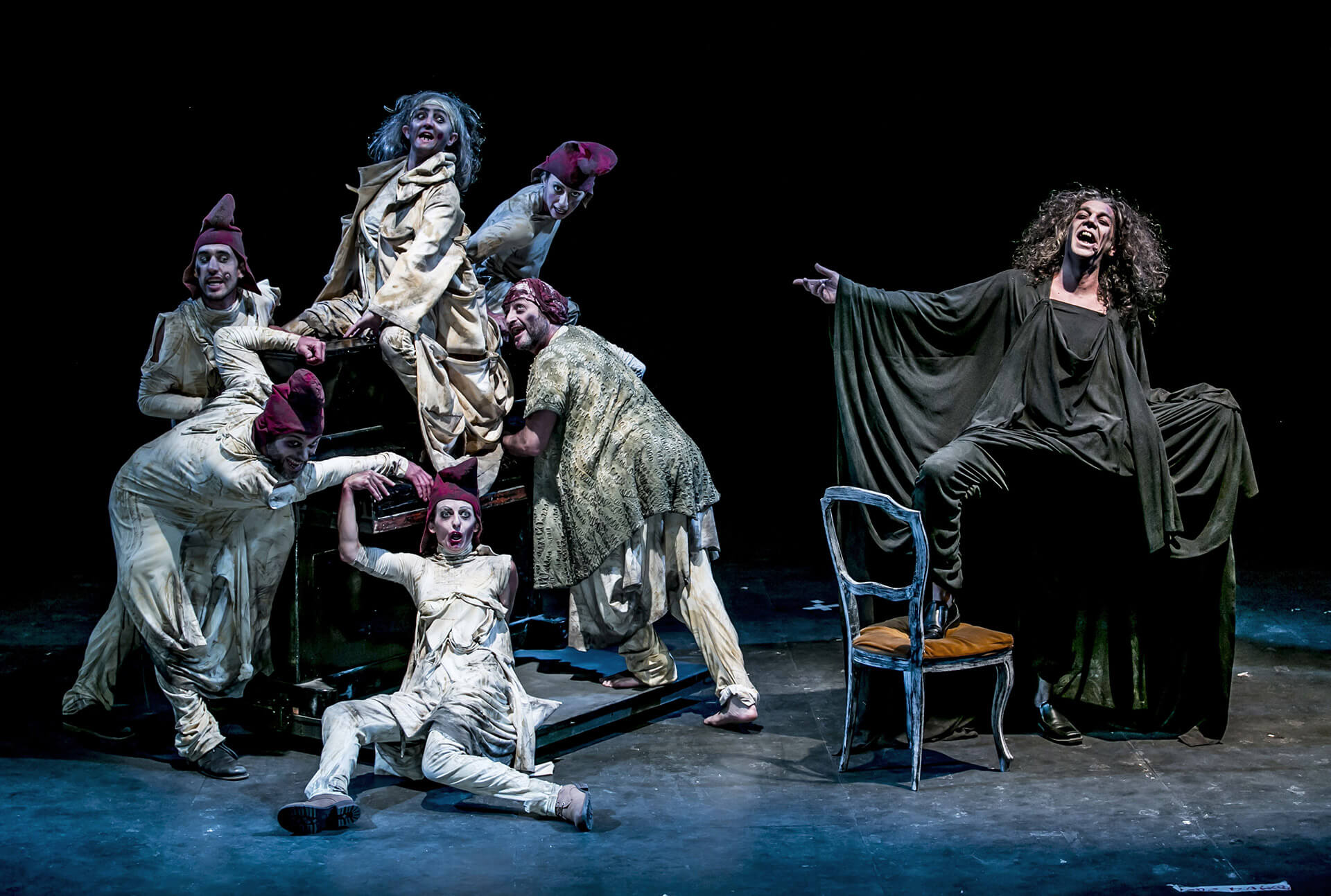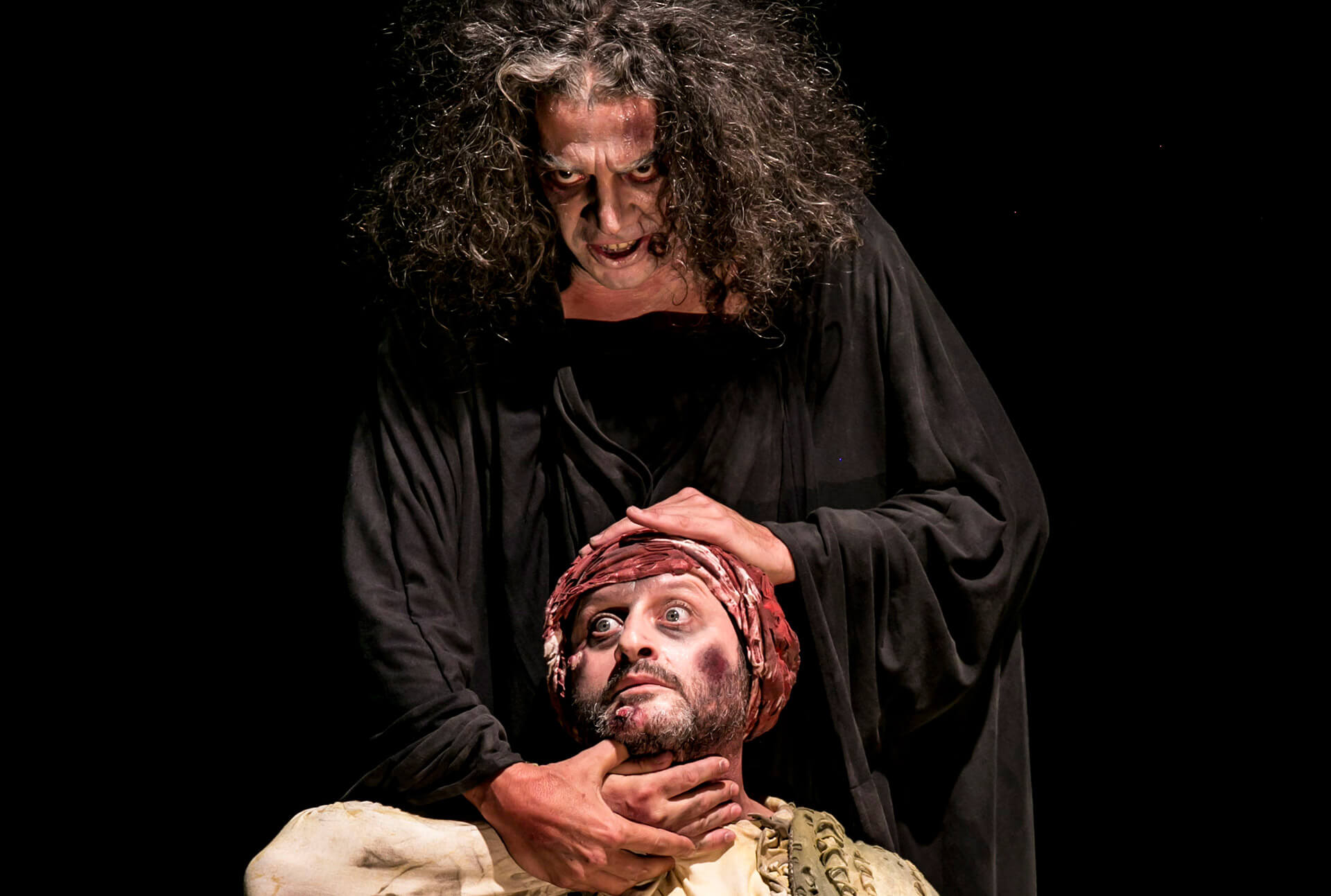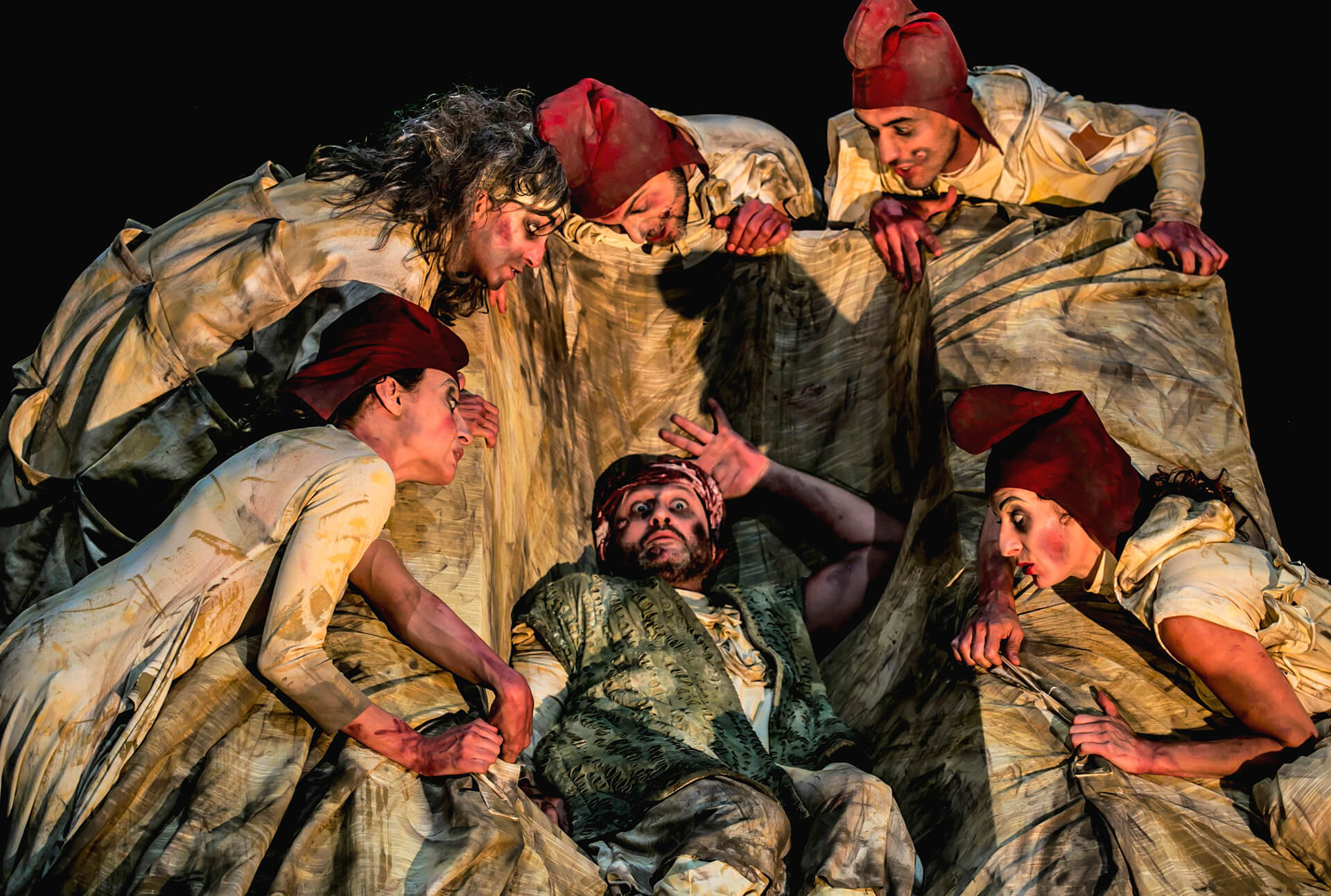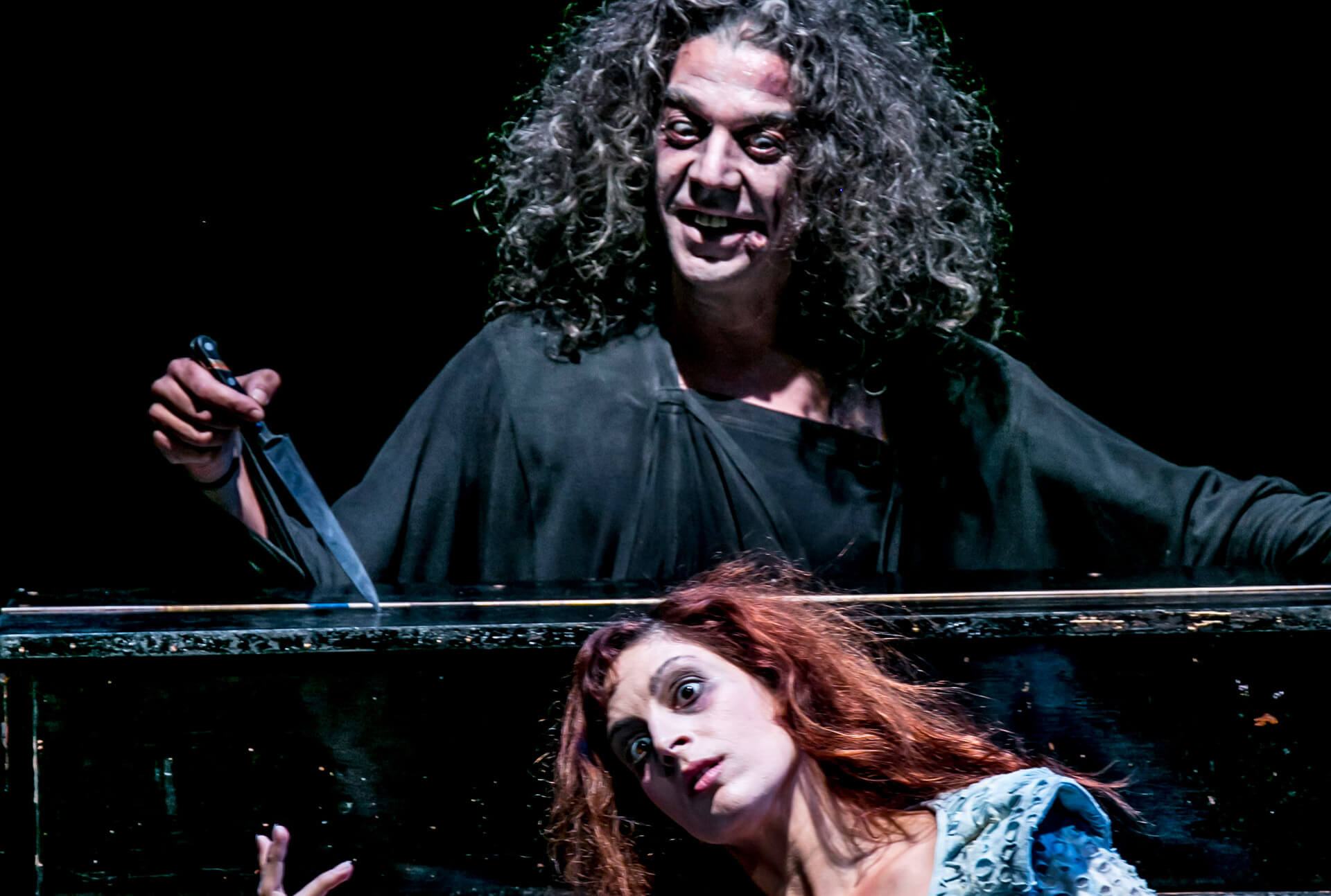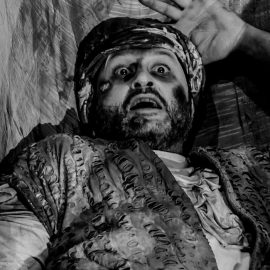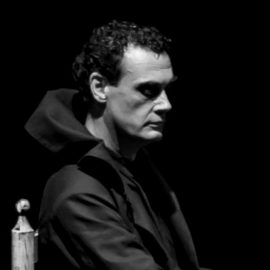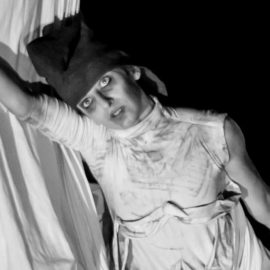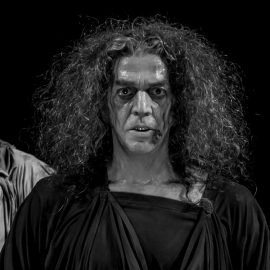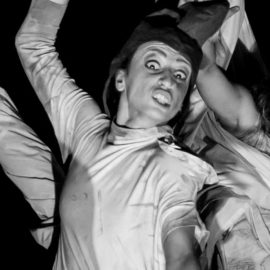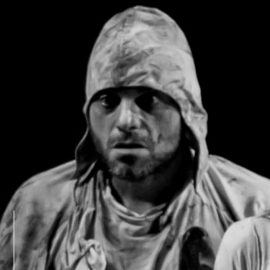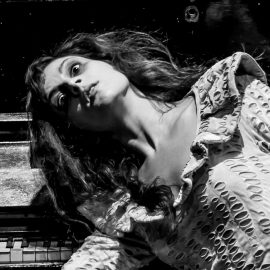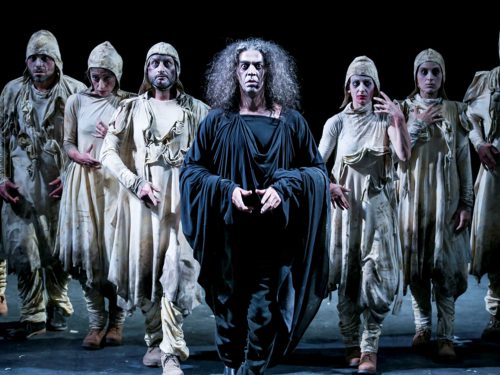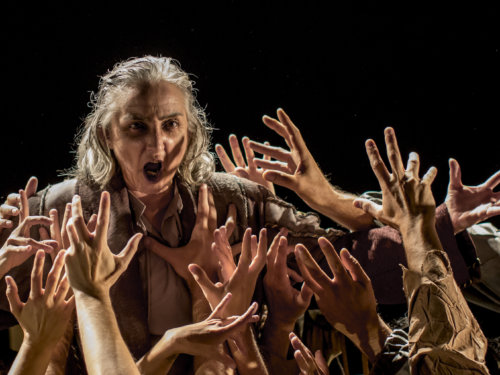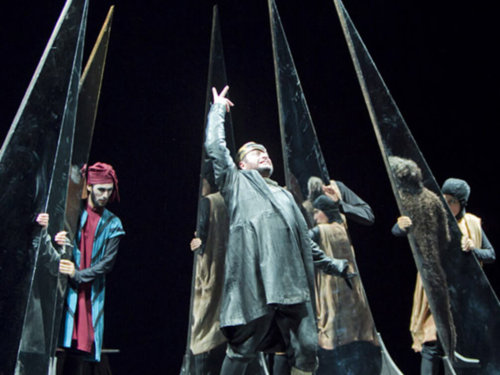Introduction
Atalaya has co-produced with GREC one of its most impressive shows yet: MARAT / SADE, by Peter Weiss. In its premiere, on July 17, 2016, it filled the Teatre Lliure in Barcelona for three days, putting the audience on its feet for very long ovations. The only “but”, according to critics, is that it only stayed in Barcelona for three days.
MARAT / SADE is the abbreviated name for the Persecution and Murder of Jean Paul Marat, represented by the group of actors of the Hospice de Charenton under the direction of the Lord of Sade. It is one of the reference titles for twentieth century European theater. Written in 1964 by Peter Weiss, a German author, it depicts the years after the French Revolution, which, due to his language and his vision, is rendered of extraordinary relevance.
Read More
Marat was one of the ideologists of the revolution; co-author of the “Declaration of the Rights of Man and of the Citizen”, representing left wing ideology. The Marquis de Sade, on the other hand, was one of the most controversial characters in contemporary history, whose actions would give rise to terms such as “sadism” or “sado”.
The work is termed as “theater within the theater” as it is interpreted, supposedly, by psychiatric inmates where Sade is detained, with the exception of the prefect Coulmier who embodies the authority and is representative of the established order.
Through Marat his assassin -Charlota Corday-, Sade, Coulmier and the libertarian revolutionary priest Jacques Roux, different positions are presented before the revolution, while the people are incarnated by the chorus of “locos” and by the group of comic singers who, together with the presenter, give the assembly a musical style.
The dilemma of the work revolves around the dialectic struggle between individualism and the collective, between violence and submission, between honesty and corruption.
The work has two languages that have been decisive in the last half century: that of the epic theater of Brecht and the theater of cruelty of Artaud, as well as the emergence of the grotesque of Merjehold-the three exert an enormous influence on the stagings of Atalaya.
The score of songs performed gives the whole assembly a musical air. The theater within the theater stands out in the play’s structure; the audience sits before contemporary actors who embody the patients of Charenton’s asylum, who in turn interpret characters of the French Revolution in 1808. If the protagonists date from 1793, the scenic elements – set design and costumes – could well be from 1808, while the musical composition and lighting – which make up the intangible element – are contemporary. Atalaya seeks to universalize the work, both in time and space, largely ignoring its concreteness. This serves to represent how the dialectical struggles between individualism, which is represented by the Marquis de Sade, and the commitment to collectivity, embodied by Jean Paul Marat, are very relevant today; between the submissive attitude before the powerful part of society and the rebelliousness of the other; between corruption and honesty.
The Team
Team
- Author: Peter Weiss
- Direction, adaptation and dramaturgy: Ricardo Iniesta
- Composition and musical direction: Luis Navarro
- Choral direction: Esperanza Abad and Marga Reyes
- Musical interpretation: Actors and actresses of Atalaya
- Scenography: Ricardo Iniesta
- Stage design: Pepe Távora
- Costumes: Carmen de Giles
- Characterization and hairdressing: Manolo Cortés
- Props: Sergio Bellido
- Choreography: Juana Casado, actors and actresses of Atalaya
- Assistant directors: Raúl Muñoz and Elena Bolaños
- Lighting: Alejandro Conesa
- Sound/sound conception: Emilio Morales
- Video and photography design: Félix Vázquez
- Administration: Rocío de los Reyes
- Communication and Production: Mª Paz López Millón
- Secretary: Teresa Martínez
- Distribution: Victoria Villalta
